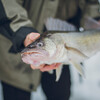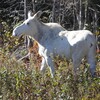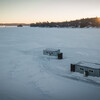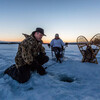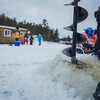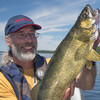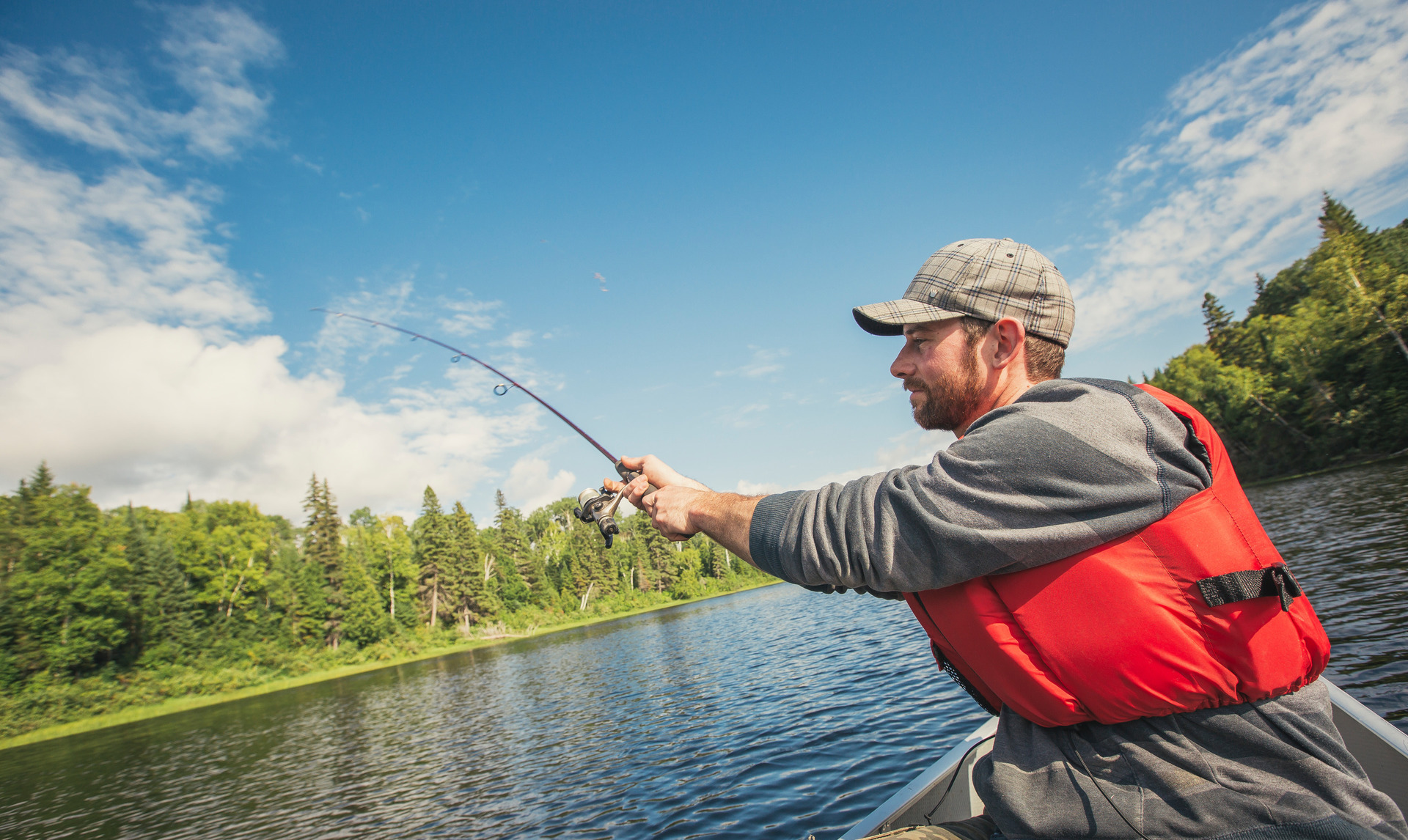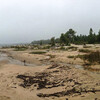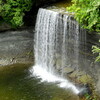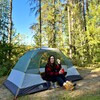Using Jerk Baits to Catch Northeastern Ontario Brook Trout
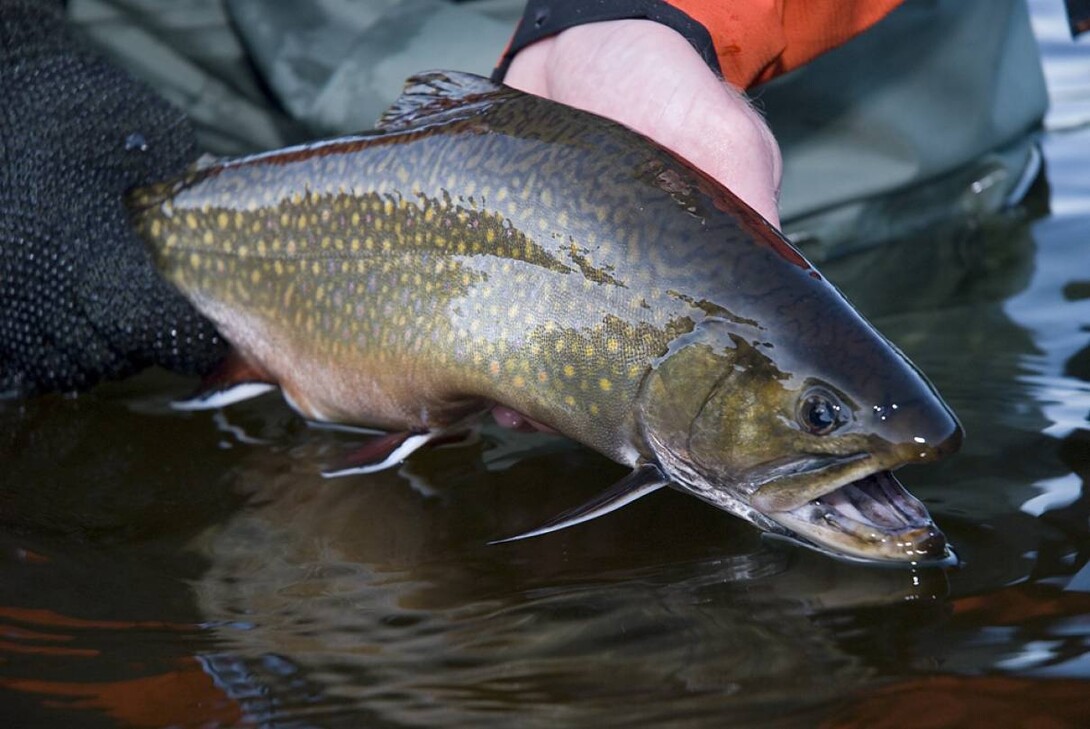
Over the last few seasons, the spoons and spinners of my trout box have been sharing their quarters with an increasing number of minnow baits. Rooting through my bass and walleye gear is becoming regular procedure before sliding the canoe into the inland lakes that Northeastern Ontario brook trout call home. I'm looking for small, slender minnow baits, particularly those that suspend. Traditional trout favourites are still in rotation but small suspending jerk baits are seeing a lot more submersion time than spoons and spinners, especially in spring.
Jerk baits are usually associated with pike, walleye or bass but truth is the stop and start suspending action holds a universal attraction for any fish that feed on minnows. This of course includes brook trout and their test tube cousin, the splake. Following ice out, trout are in shallow water, holding tight to cover and possessing a hearty appetite: a situation custom made for the alluring properties of jerk baits.
Suspending jerk baits or stick baits are slender minnow shaped plugs that neither float nor sink. When retrieved these neutrally buoyant lures are drawn below surface by a lip at their head. A pause in the retrieve means the lure suspends or hovers vulnerably in the water column. Fished with a pull and pause retrieve, the lure simulates the pitiful escape attempt of an exhausted or wounded minnow. It's this hint at vulnerability that strikes the attack chord for trout looking for the most meat for the least effort.
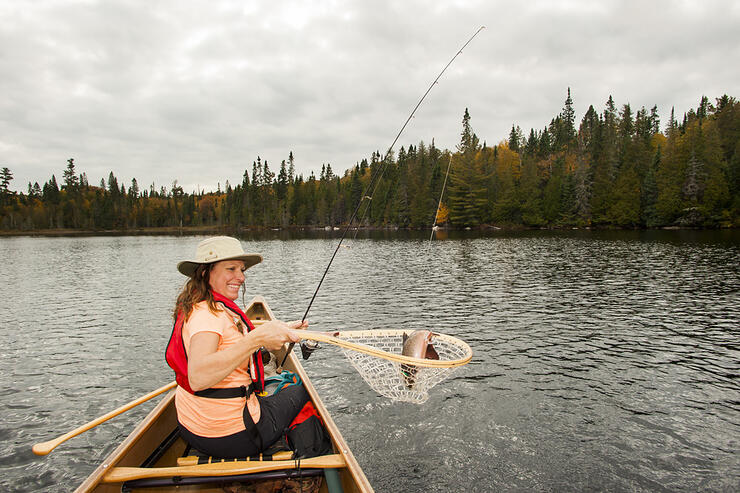
Go Shallow
Following ice-out, the first waters to warm are the shallows caught between the sun's rays and bottom. Brook trout and splake are happy in the shallows. It's the first place they head to escape the icy temperatures they've tolerated through winter.
The abundance of food is another reason trout stay shallow. In fact, brook trout and splake feed year round in water shallow enough for the sun to penetrate. This is the most productive area of a lake because the sun's penetration allows photosynthesis to occur producing algae and rooted plants. This is the start of the food chain that supports all aquatic creatures from microscopic zooplankton to girth-blessed brook trout. Tasty prey like snails, shrimp, nymphs, leeches and minnows all occupy the shallows and trout have no reason to leave.
Cover
When trout are shallow, it's easy to pinpoint where they might be. Because weed growth is minimal in spring, cover such as submerged logs, overhanging trees, beaver lodges, rock piles and even steep drops emerge as the only option for trout to hide themselves and ambush their prey.
Trolling with spoons and spinners and even jerk baits around a lake's perimeter will take the odd rogue, but when trout are tight to cover the situation calls for pinpointing prospective strongholds and casting to them. This is where jerkbaits shine.
Casting spinners, spoons and even bait does not always elicit a response. One reason is they announce their arrival with a loud splash, another is the need to retrieve quickly to avoid snagging in shallow water. This means they leave the strike zone too quickly.
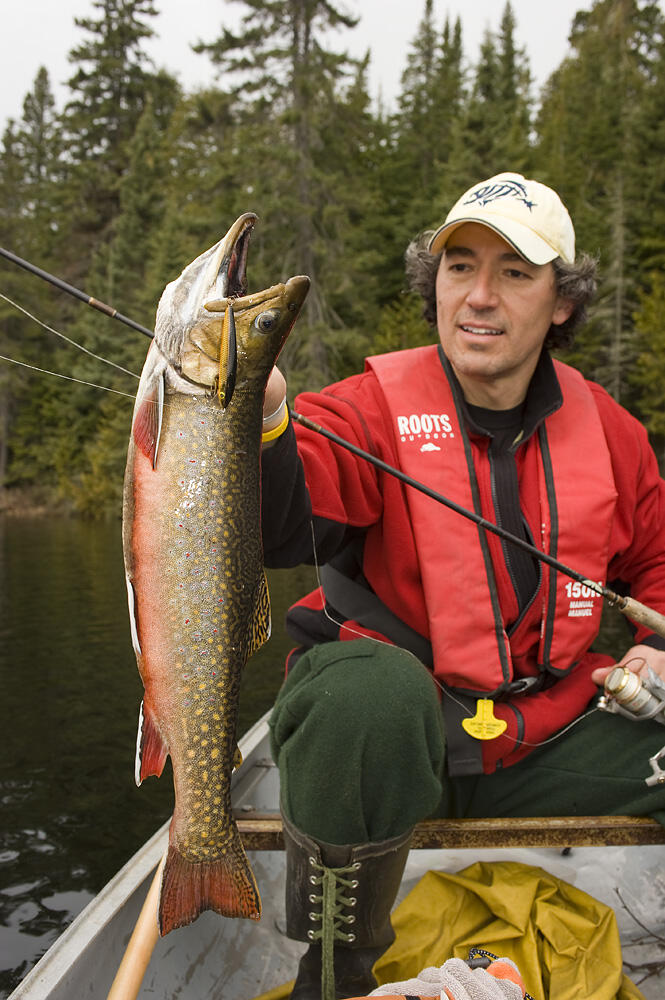
In contrast, plastic jerkbaits in small sizes are lightweight making for a dainty landing that arouses curious trout. Plus, we can tailor the speed of our retrieve to suit their mood without increasing the likelihood of snagging.
Following ice out, lethargic trout are not keen on sprinting any distance after a fleeing minnow. This small strike zone means a slow retrieve consisting of short pulls between pauses of a few seconds or more allows our lure to spend more time within striking distance.
Jerkbaits float initially and can be placed with precision to a suspected trout lair, roughly equivalent to presenting a dry fly over a rising trout. After casting to a fallen tree, beaver house or rock pile, let the initial commotion settle before starting our retrieve. Tentative trout still smarting from the rigours of winter can watch from the security of cover. A slow presentation allows trout proper consideration before committing to an attack. And the staggered retrieve of a slowly worked jerkbait stands up to close scrutiny.
Gear
Lightweight with plenty of wind resistance, small jerkbaits are a challenge to cast. A 6 to 7-foot fast action rod and spinning reel spooled with six-pound test Sufix braid increases casting distance. Not only do long casts help us cover water, they increase our distance from the area of cover we are working, decreasing the chance of spooking fish.
There aren't a lot of small suspending jerkbaits to choose from. Rapala's Husky Jerk and X-Rap are deadly and the only factory suspending lure I know of available in sizes less than four-inches long. Try contrasting dark and bright colour combinations like black/silver, black/gold and blue/silver.
Suspending jerkbaits are a weapon usually reserved for walleye, pike and bass. But try drawing them through the shallow haunts of trout. The suspense won't last long.
Recommended Articles
The Seven's Best Hikes, Biking Trails and Lakes

7 Best Spots to Check Out in The Seven

Budget Bliss: Explore Northeastern Ontario Without Breaking the Bank

Bring Your Fam!

Time to Unwind: 6 Spa Havens to Discover In The Seven
5 Amazing Places to SUP in Northeastern Ontario

5 Amazing Bike Rides to Discover

Northern Lights in Northeastern Ontario

Northeastern Ontario's Best Pride Festivals

Fish for one of the World's Rarest Species of Trout

An Insider's Guide to Manitoulin Island

6 Small-Town Gems to Explore in Northeastern Ontario

11 Best Things to Do in Kapuskasing, Ontario








